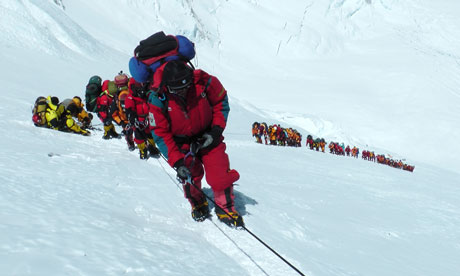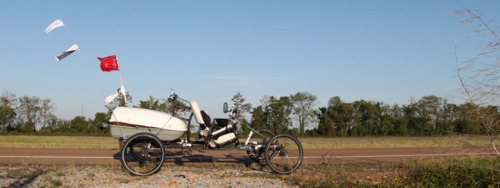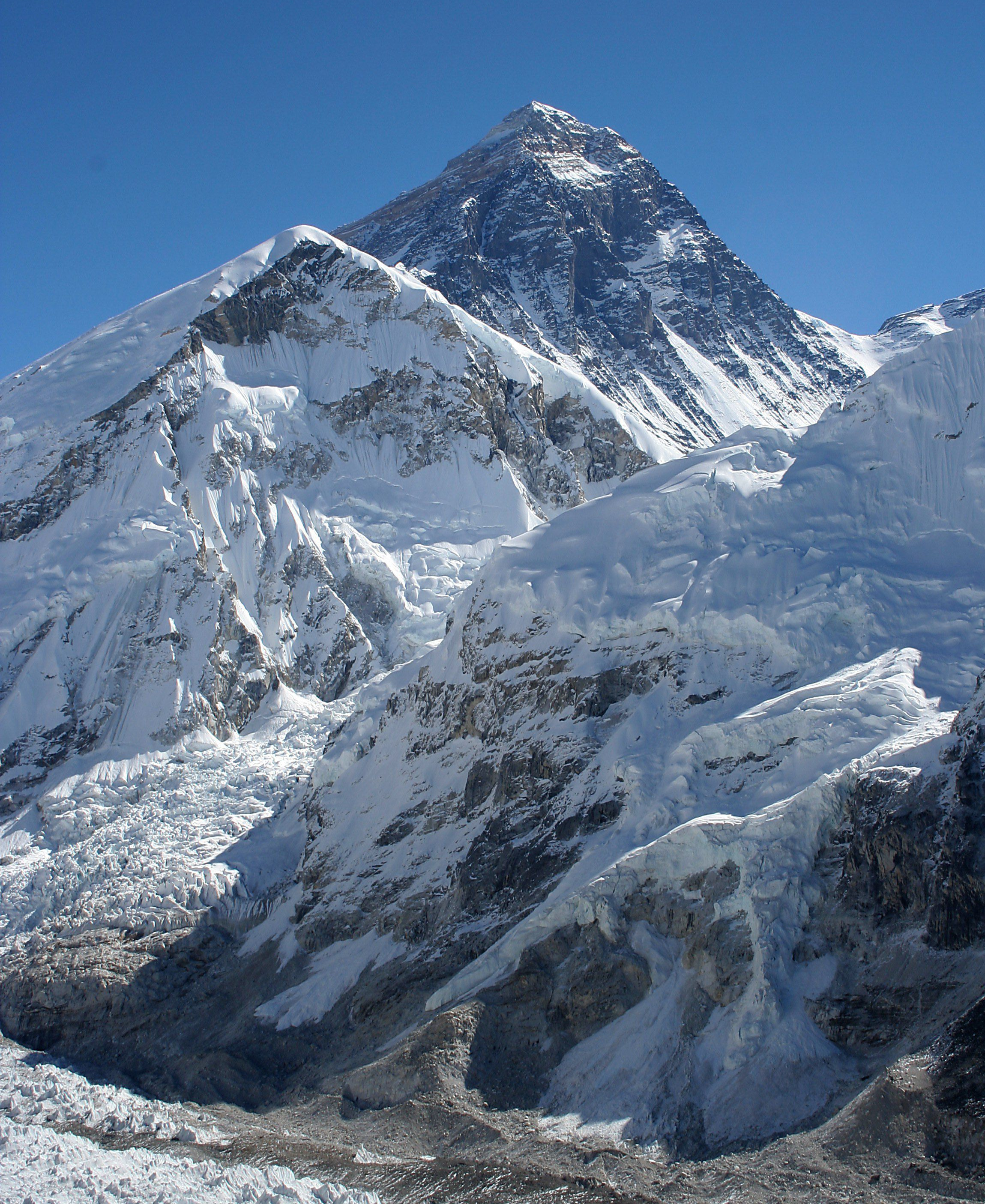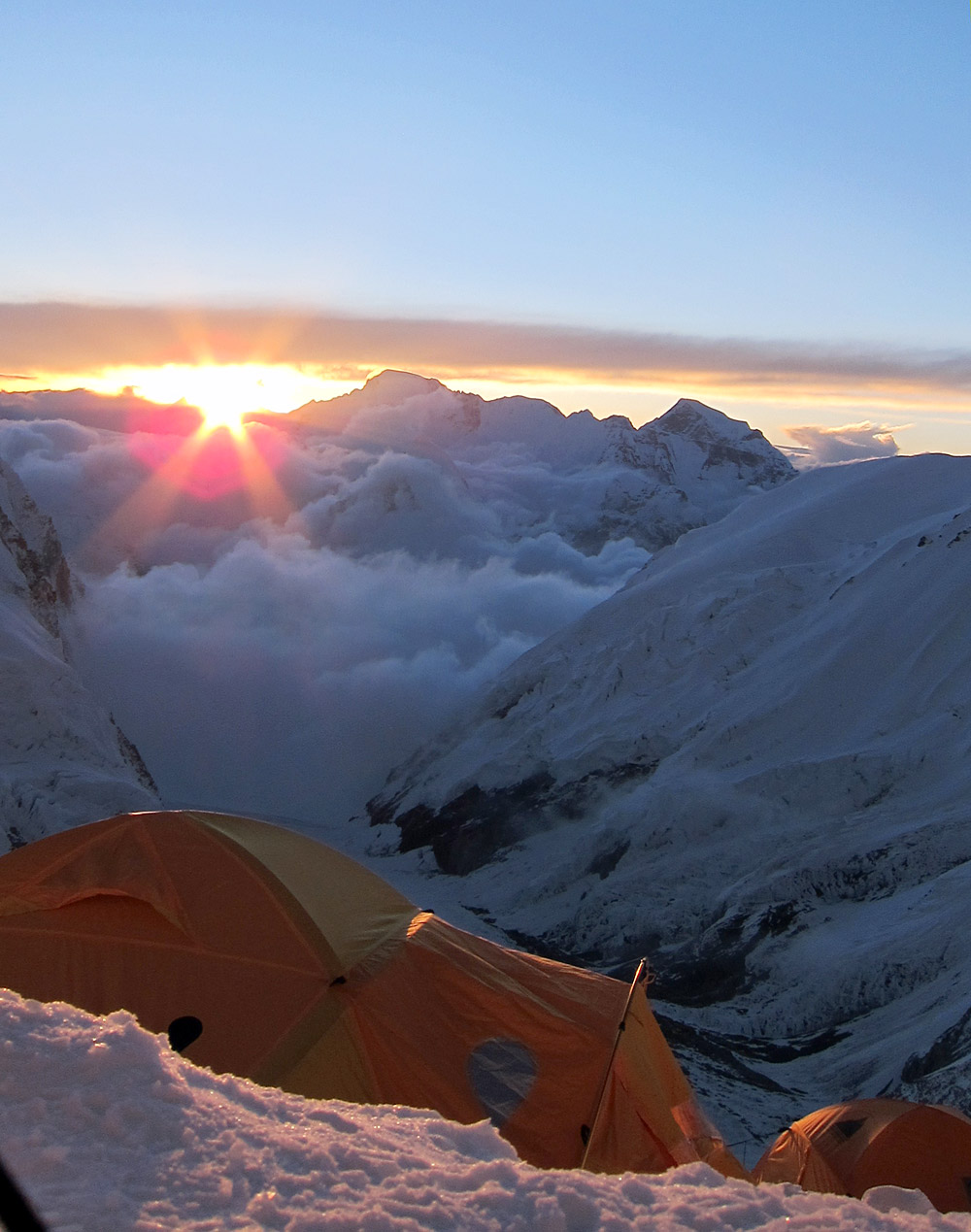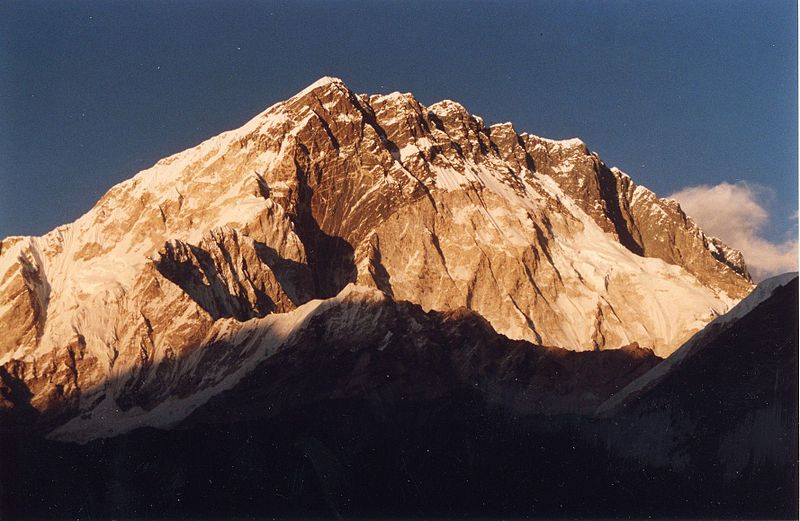Gear Closet: Keen Turia Shoes
One of my all time favorite pairs of shoes are a classic pair of sandals from Keen. I love them because they are comfortable, durable and versatile. I've worn them on light hiking trips, visits to tropical destinations or simply kicking around town. They've always scored big points for being highly packable as well, so they have often ended up being one of the pairs of shoes that I take with me when I travel. So when I was offered the opportunity to test the new Turia sandals, it was with both excitement and trepidation that I accepted. After all, these new shoes had a lot to live up to.
The new Turia has a classic Keen look while still managing a style all of their own. With a breathable synthetic airmesh upper, a soft, molded footpad and a rugged close toe, the shoe manages to provide plenty of protection for the foot while keep them well ventilated as well. The no-slip soles provide great traction, even on slick surfaces, and the quick-lace system is still a convenient way to adjust the fit of the shoes to your liking. In short, the Turia is a nice mix of the classic Keen design with a few subtle improvements.
Primarily built for use in warm environments or around water, the Turia is a fantastic travel shoe. Their compact design make them a perfect choice for throwing in a backpack or luggage, even when room is at a premium and they're equally at home in base camp as they are around a resort pool. There aren't many casual shoes that can go from trail to beach to town with such ease, but the Turia can accomplish that get and more.
I recently took my pair of Turias with me to Jordan where they were put to the test on the streets of Amman, hiking through the ruins of Petra and in the wilds of Wadi Rum. Considering that country is both warm and incredibly dry, I was extremely happy that I brought them, particularly when we hit the blistering desert sands. The fact that these shoes are comfortable to wear, easy to hike in, and allowed sand to pass through without filling them up, made them a great option for that journey, although they performed equally well while visiting both the Red and Dead Seas.
As with most new shoes, I tend to spend some time breaking them in sufficiently before I take them with me to another country. During that process I found the underside of the airmesh upper to be a bit abrasive on the tops of my feet. They didn't actually manage to cause any blisters, but they rubbed them just enough to be uncomfortable at times. Fortunately the more I wore them the less of an issue this became, although I'm not sure if it was because the fabrics smoothed out some with use or if my feet simply became accustomed to wearing the sandals. In the long run this hasn't been an ongoing issue, but the first few times I wore them I was a bit concerned.
Aside from that one issue, the Turia Sandals were quick and easy to break-in (a common trait with Keen shoes I've found) and have been very durable thus far. I've been wearing mine multiple times a week for several months and they still look like they just came out of the box. Considering how much mileage I've put on them already, that bodes well for their long term durability.
Keen's Turia Sandals come with a $100 price tag, which is a good price for a pair of shoes that you can take with you practically everywhere. I think you'll find they make excellent travel shoes but are just as comfortable for when you're at home too.
The new Turia has a classic Keen look while still managing a style all of their own. With a breathable synthetic airmesh upper, a soft, molded footpad and a rugged close toe, the shoe manages to provide plenty of protection for the foot while keep them well ventilated as well. The no-slip soles provide great traction, even on slick surfaces, and the quick-lace system is still a convenient way to adjust the fit of the shoes to your liking. In short, the Turia is a nice mix of the classic Keen design with a few subtle improvements.
Primarily built for use in warm environments or around water, the Turia is a fantastic travel shoe. Their compact design make them a perfect choice for throwing in a backpack or luggage, even when room is at a premium and they're equally at home in base camp as they are around a resort pool. There aren't many casual shoes that can go from trail to beach to town with such ease, but the Turia can accomplish that get and more.
I recently took my pair of Turias with me to Jordan where they were put to the test on the streets of Amman, hiking through the ruins of Petra and in the wilds of Wadi Rum. Considering that country is both warm and incredibly dry, I was extremely happy that I brought them, particularly when we hit the blistering desert sands. The fact that these shoes are comfortable to wear, easy to hike in, and allowed sand to pass through without filling them up, made them a great option for that journey, although they performed equally well while visiting both the Red and Dead Seas.
As with most new shoes, I tend to spend some time breaking them in sufficiently before I take them with me to another country. During that process I found the underside of the airmesh upper to be a bit abrasive on the tops of my feet. They didn't actually manage to cause any blisters, but they rubbed them just enough to be uncomfortable at times. Fortunately the more I wore them the less of an issue this became, although I'm not sure if it was because the fabrics smoothed out some with use or if my feet simply became accustomed to wearing the sandals. In the long run this hasn't been an ongoing issue, but the first few times I wore them I was a bit concerned.
Aside from that one issue, the Turia Sandals were quick and easy to break-in (a common trait with Keen shoes I've found) and have been very durable thus far. I've been wearing mine multiple times a week for several months and they still look like they just came out of the box. Considering how much mileage I've put on them already, that bodes well for their long term durability.
Keen's Turia Sandals come with a $100 price tag, which is a good price for a pair of shoes that you can take with you practically everywhere. I think you'll find they make excellent travel shoes but are just as comfortable for when you're at home too.


